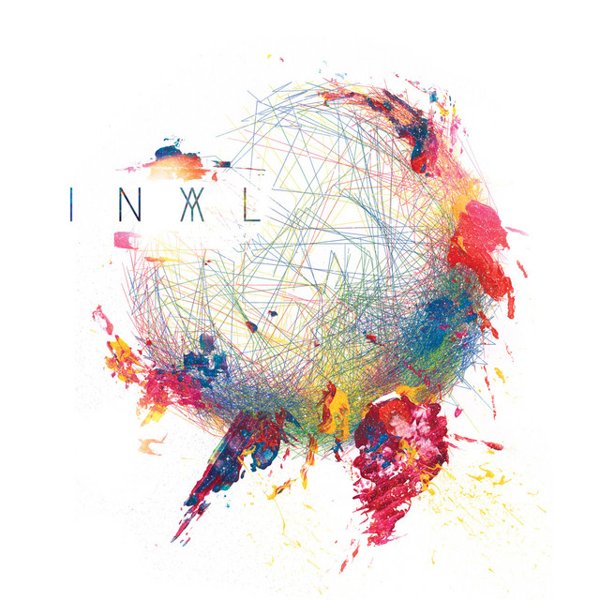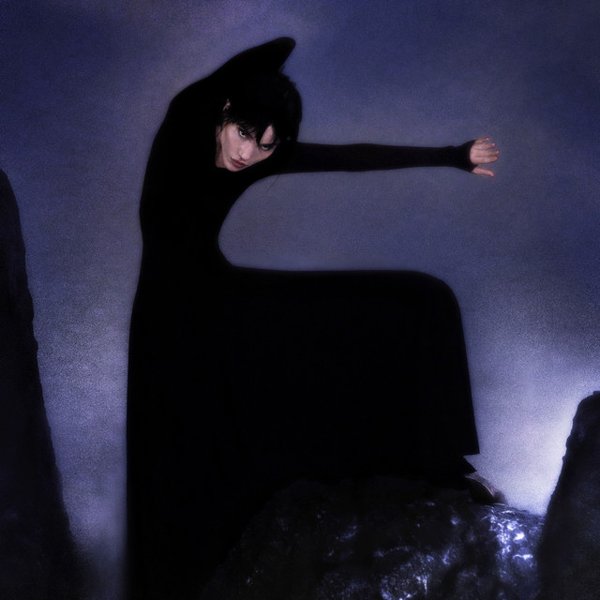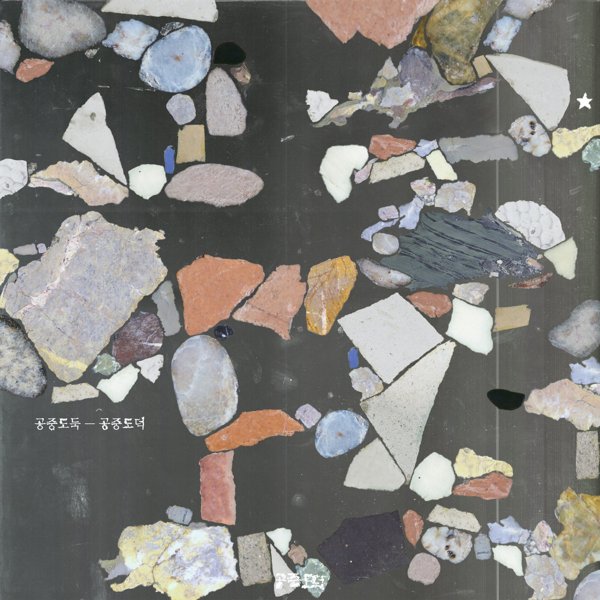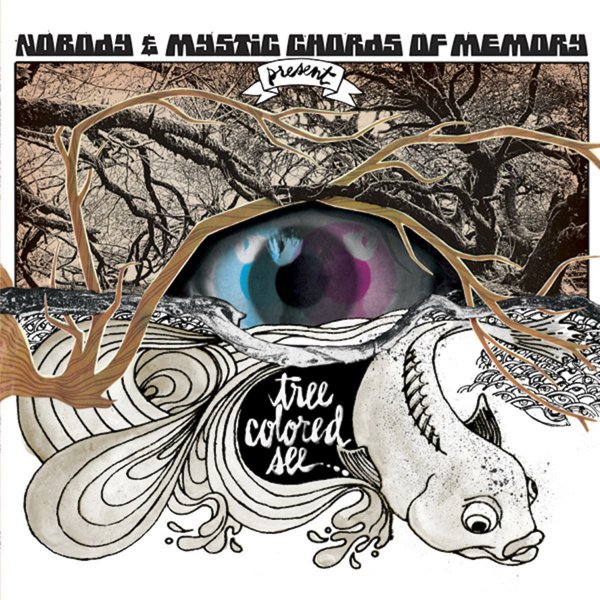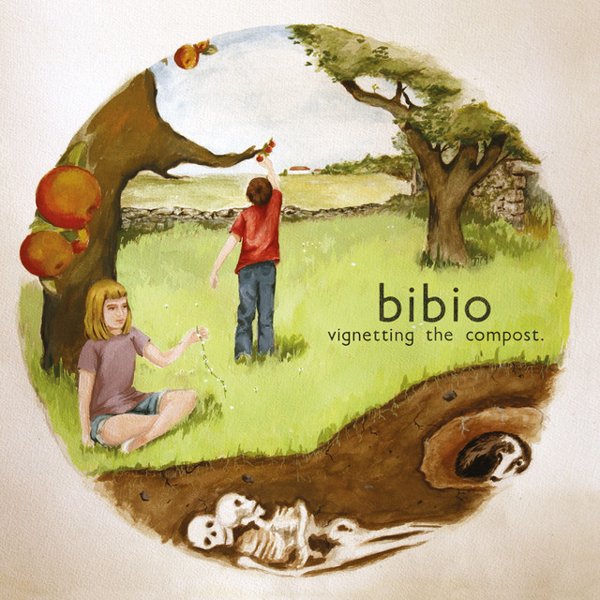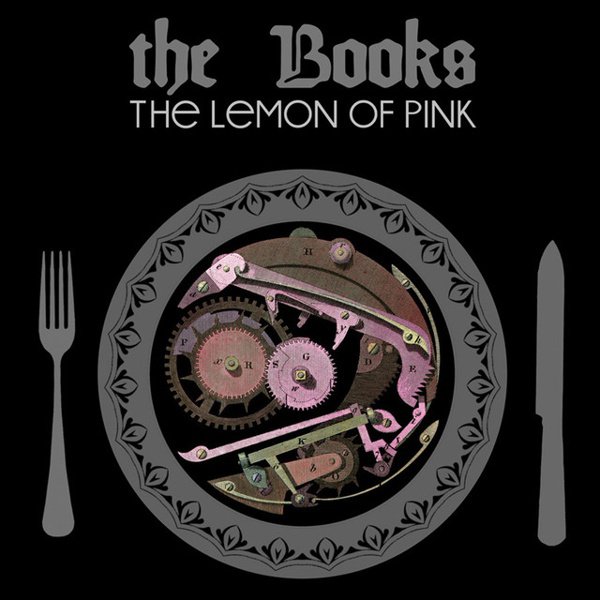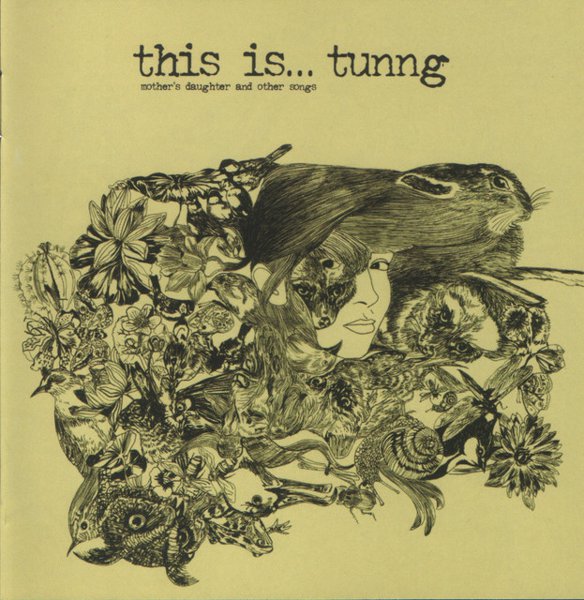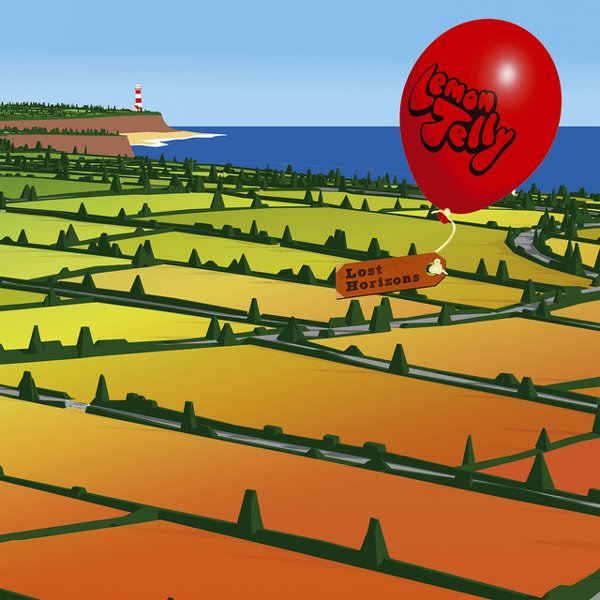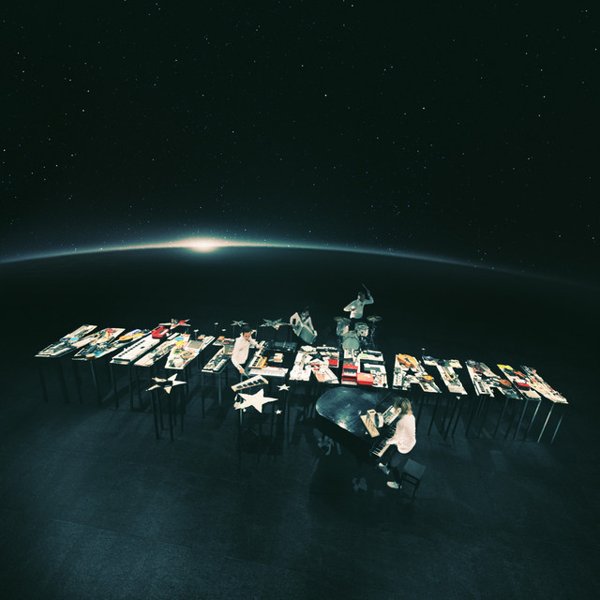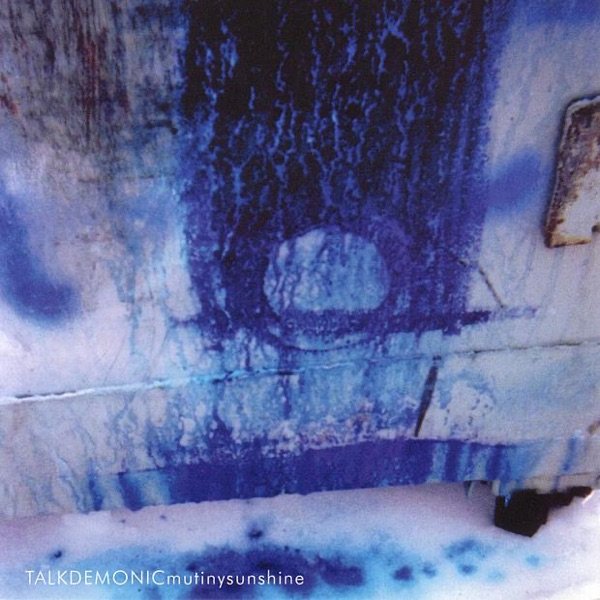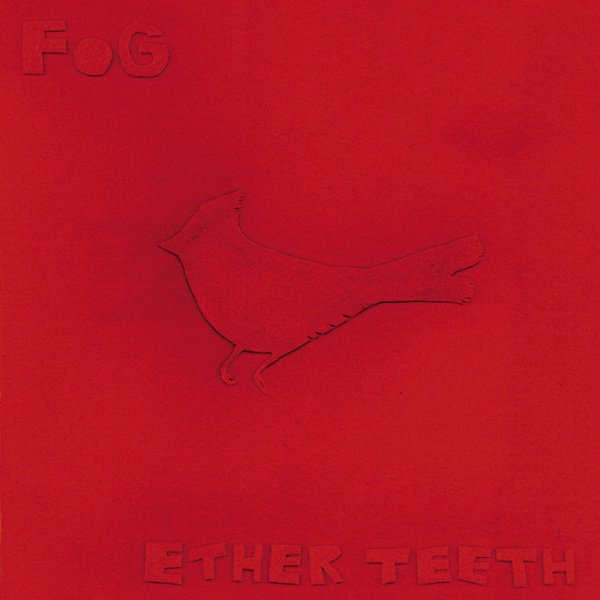While it’s no doubt useful for fans, record buyers, and journalists, few artists themselves enjoy the convenient shorthand of genres, subgenres, and, even worse, ‘scenes’.
While the term itself was first coined to describe the fuzzy-faced acts on Andy Votel’s Twisted Nerve imprint operating out of Manchester in the late 90s (Badly Drawn Boy, Alfie, Mum & Dad etc), folktronica wasn’t widely applied until into the following century, with the emergence of acts such as Four Tet, Múm and Tunng, who cross-pollinated the technological innovations of electronica and hip hop with a more organic strain of acoustic instrumentation, rural field recordings, and a sense of pastoral escape. Although almost every act it was applied to rejected the tag (early scene lynchpin Bibio still hates the term), it has to be said: as a neat portmanteau catch-all, folktronica does exactly what it says on the tin.
The music has its roots in the post-club and ambient explorations of 90s outliers Ultramarine and Boards Of Canada (probably not folk enough) and even beat-curious singer songwriters like Beth Orton (not tronica enough), but folktronica as we might know it bloomed with Four Tet’s second album Pause, on which the former Fridge member mapped out the landscape from which an entire new ecosystem sprang forth.
Since then, folktronica has spread its tendrils out into various offshoots and microstrains (Portland duo Talkdemonic’s “folktronic hop”, the post-industrial folk of Peru’s Daniela Lalita) and influenced records by Björk, Sufjan Stevens and Bon Iver, whose wood-cabin confessionals have strayed progressively closer to glitch and electronica since his 2007 debut. Even if half the acts here might bristle at their inclusion, they’ve helped populate an enchanted forest of music ripe for exploring.



